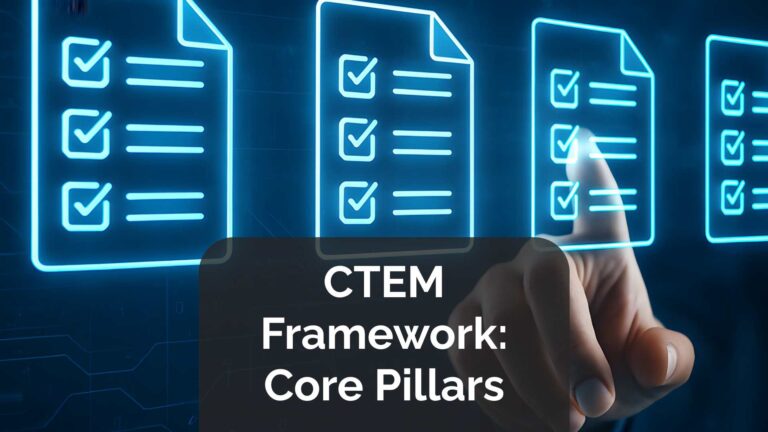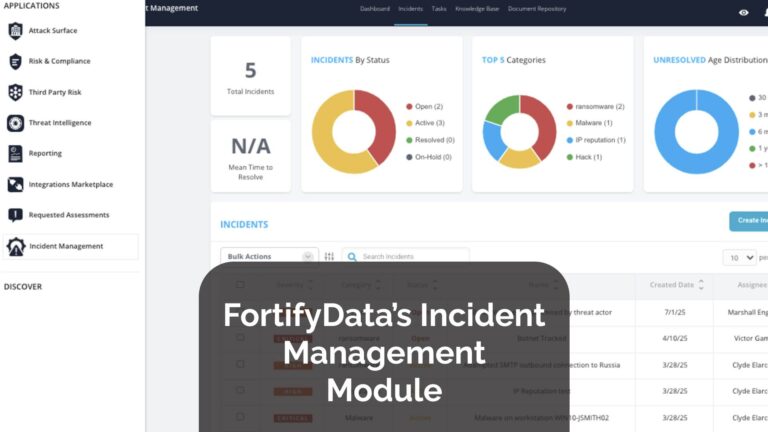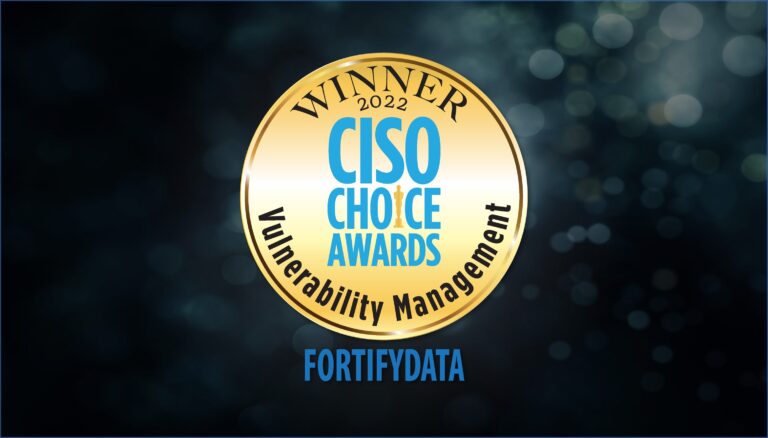A company’s security is only as strong as its weakest vendor. From cloud providers to payment processors, every external partner introduces potential risk — and yet most organizations still manage third-party cybersecurity risk management through fragmented tools, static questionnaires, and once-a-year assessments.
According to Gartner, 84% of survey respondents said that third-party risk incidents resulted in operations disruptions, 66% cited adverse financial impact, 60% noted increased regulatory scrutiny, 59% indicated an adverse reputational impact, and 33% said regulatory action was taken. Compounding the problem that leads to those findings is that organizations use multiple, disconnected third-party risk management tools to manage risk that leaves blind spots, creates redundant work and fails to provide business leader with a real-time view of their third-party risk exposure. The result? Slow decision-making, compliance gaps, and exposure to risks,that evolve faster than assessments can catch them.
When I originally decided to build FortifyData, I wanted to change that — by transforming vendor risk management from a manual, reactive process based on outdated information into a dynamic, intelligent, and automated system.
The Visibility Gap in Traditional TPRM
Traditional third-party risk management depends heavily on questionnaires, document uploads, and manual scoring – which, surprisingly, to this day many companies still perform and track in spreadsheets! While this helps establish a compliance baseline, it doesn’t capture how a vendor’s risk profile changes week to week — as new vulnerabilities emerge, threat actors target supply chains, or a vendor misconfigures its cloud environment.
Traditional GRC platforms weren’t designed for cyber-specific risk visibility. They track controls and policies but lack integration with security telemetry, threat intelligence, or external attack surface data. This creates a dangerous gap between “what vendors say they do” and “what’s actually happening” in their environments and why Gartner is seeing a rise in ‘Cyber GRC’ platforms.
FortifyData bridges that gap with continuous monitoring, AI-powered automation, and contextual analytics — all unified in a single Cyber GRC platform purpose-built for CISOs, CIOs, and TPRM teams.
Continuous Vendor Monitoring
At the heart of FortifyData’s TPRM capability is continuous monitoring. Instead of waiting for annual reassessments, the platform continuously scans vendors’ external attack surfaces, identifying vulnerabilities, misconfigurations, and dark web exposures that could put your organization at risk.
This real-time visibility provides analysts with live data to evaluate vendor posture — ensuring that emerging threats don’t go unnoticed between reporting cycles. It’s a shift from static compliance to dynamic risk intelligence.
Automation That Redefines Efficiency
The most time-consuming part of vendor risk management isn’t the analysis — it’s the follow-up. Security teams spend hours chasing vendors for responses, reviewing reports, verifying evidence, and ensuring consistency across frameworks.
While the rise of Trust Centers is helping to remove the Q&A burden from both sides of the table, there can still be gaps that need addressing based on unique context of a contracting organization.
FortifyData’s TPRM AI agents changes that. Our AI-powered vendor engagement agent. This automates outreach, sends context-based questions, follows up with vendors, and validates evidence against frameworks like NIST 800-171, ISO 27001, and SOC 2.
Additionally, the AI functionality audits reports and questionnaires like SOC 2, HECVAT, ISO report and analyzes responses, flags missing or inconsistent answers, and maps evidence directly to controls. Analysts can instantly see where vendor documentation diverges from best practices or required baselines. The result is faster, higher-quality assessments with less human overhead — freeing teams to focus on decision-making, not data wrangling.
One client had an analyst that spent 60% of their time in this process and reviewing requested documentation. This process now accounts for 10% of ther person’s time now- freeing this resource up for additional compliance needs at the company.

Contextual Risk Scoring and Quantification
Every vendor is different — and so is every risk. FortifyData merges multiple data streams, from ASM findings and questionnaire results to KEV and cyber threat intelligence, into a single context-based vendor risk score.
This score doesn’t just rate a vendor’s security maturity — it quantifies how a vendor’s weaknesses could impact your business. Through FortifyData’s ALE-based risk quantification engine, you can measure potential financial exposure, compare risk across vendors, and make strategic investment or mitigation decisions in real business terms.
By combining cyber-risk quantification with vendor context, FortifyData helps security leaders communicate vendor risk in language executives and boards understand — dollars, downtime, and business impact.
Unified TPRM Dashboard
FortifyData centralizes all third-party risk data into a single, intuitive dashboard. Users can view vendor inventories, real-time exposure data, compliance mappings, and remediation workflows — all connected to the broader cyber GRC ecosystem. This unified view aligns perfectly with Gartner’s vision for Cyber GRC: a platform that brings together governance, risk, and compliance data into one ecosystem, eliminating silos and improving coordination between teams.

Third-Party Risk Management Outcomes That Matter
- Faster assessments: Reduce document review by 90% and assessment cycle time by 50% or more through TPRM AI agents and automation.Lower vendor fatigue: Fewer repetitive requests and smarter question mapping.
- Stronger oversight: Real-time alerts on vendor vulnerabilities and compliance drift.
- Clearer decisions: Quantified business impact for each vendor relationship.
With FortifyData, vendor risk management becomes a living, adaptive process — not a yearly checkbox exercise.
The Future of TPRM Is Continuous and Contextual
Cyber GRC is evolving, and so are expectations. Business leaders no longer want static reports — they want real-time insights into how third-party risks affect their bottom line.
FortifyData delivers that visibility. By integrating automation, continuous monitoring, and contextual quantification into a single platform, FortifyData helps organizations automate trust — ensuring every vendor, partner, and supplier strengthens, rather than weakens, your cybersecurity posture.
Schedule a demo to see how to start automating trust with third-party risk management.
About the Author

Victor Gamra, CISSP, CISM, is the Founder and CEO of FortifyData, an automated cyber GRC platform that discovers threats and vulnerabilities, automates compliance management and reduces cyber risk. The automated platform collects and unifies security data from existing toolsets, understands your asset criticality and automates assessments to find the most critical risks facing an organization.






